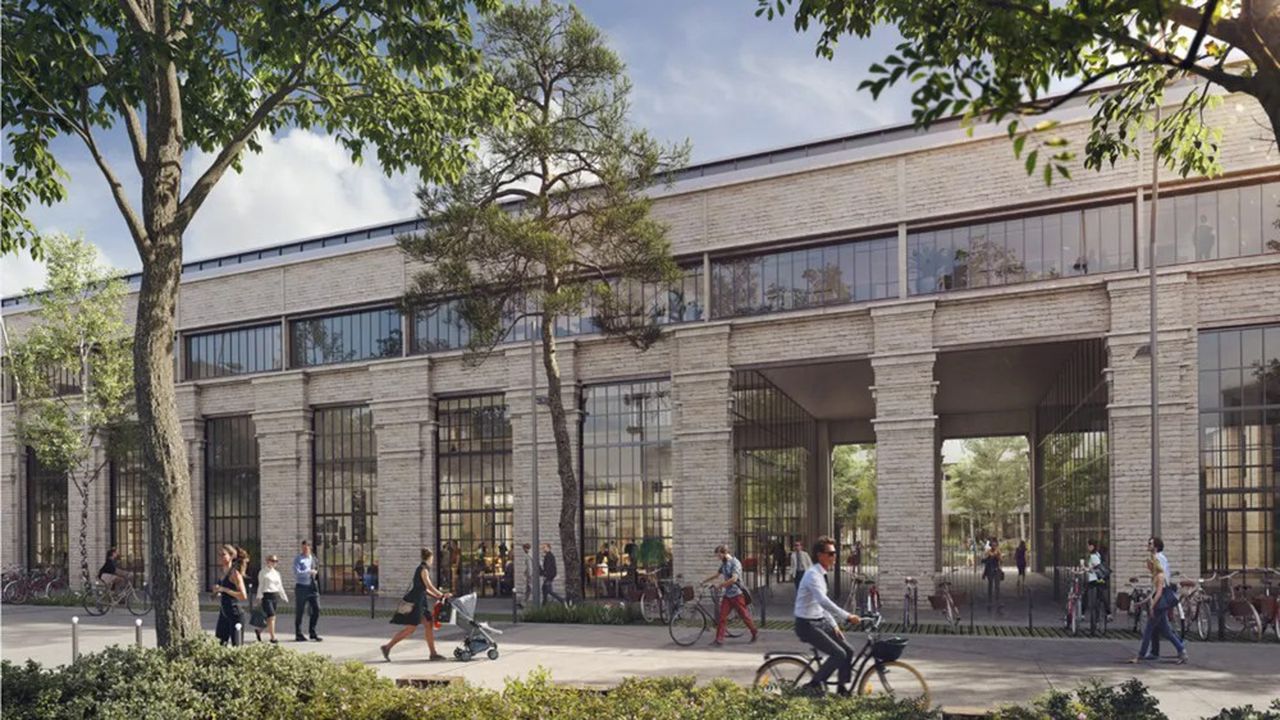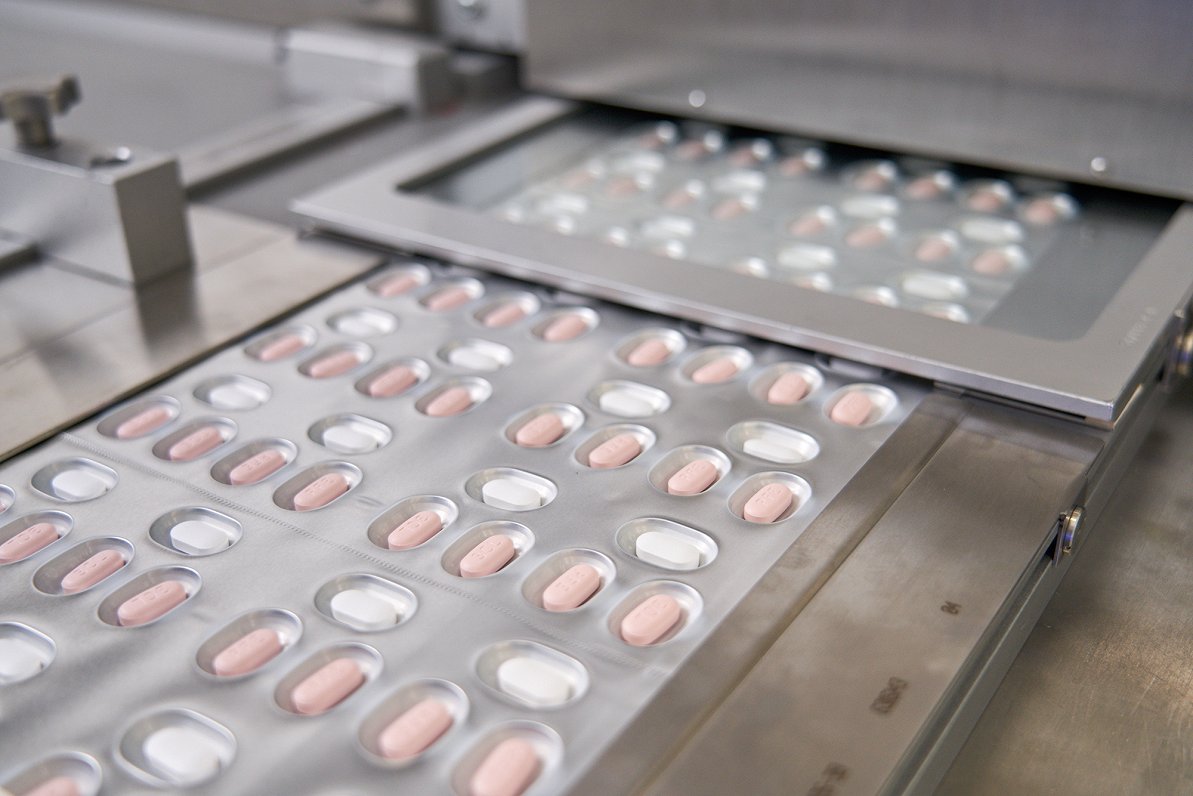Posted on Dec 16, 2019 2021 at 17:18Updated Dec 16, 2019 2021 at 17:19
The trend has been observed for several years: more and more companies decide to set up their offices in Seine-Saint-Denis. The latest study by Deloitte Finance on tertiary real estate in Greater Paris confirms this development. According to the audit firm, the north of the Metropolis has reached its highest level of office construction for nearly 20 years. This progression can be explained in particular by the development of transport.
Twice a year, the Deloitte firm takes the pulse of tertiary real estate in the Metropolis, during its Grand Paris Office Crane Survey, carried out in collaboration with the company Explore and the support of Business Immo. The 37th edition of this survey, published in early December, covers the period between April 1, 2021 and September 30, 2021.
According to the study, a year and a half after the start of the Covid-19 pandemic, new office production in Greater Paris is holding up, thanks in particular to housing starts which are not weakening. Despite the uncertainties related to the consequences of the health crisis, investors do not seem worried about not finding a taker and continue to launch blank operations (83% of housing starts), according to Deloitte.
Investors remain confident
“The crisis has only changed the needs of companies: they are looking for more modular buildings, which can evolve over time. This flexibility can only be expressed in new or recent buildings, ”according to Olivier Gerarduzzi, spokesperson for the study. However, there is a risk of over-supply in Seine-Saint-Denis and in the rest of the Metropolis today. But for the audit firm, it is more linked to deliveries delayed by confinements, than to a lack of interest from companies in office buildings.
The departments of Seine-Saint-Denis and Val-de-Marne are responsible for half of the areas launched on a metropolitan scale, with 188,000 m2 started. “When we look at the map of housing starts in the Metropolis, there is a large concentration north-west of Paris, between Saint-Ouen, Aubervilliers and Saint-Denis”, details Olivier Gerarduzzi. This triangle even represents more than 15% of the surfaces under construction in the Metropolis.
Important operations in this area include the Reiwa in Saint-Ouen (24,850 m2) occupied by Nexity, the Hamø in Saint-Denis (33,800 m2), or the 45,000 m2 of the Maxwell Campus in Saint-Denis, which will be occupied initially by the Olympic athletes, then recovered by the Ministry of the Interior. For Deloitte, the arrival of the Olympics in 2024 has boosted construction in the region.
Transport drives development
But the main cause of the increase in the number of construction sites west of Seine-Saint-Denis is the imminent arrival of the Grand Paris Express and the extension of lines 12 and 14. “The buildings recently delivered are all within walking distance. meters from the metro stations, ”observes Olivier Gerarduzzi. A similar phenomenon can be observed south of Paris, in Bagneux, where the extension of line 4 will be completed in early 2022.
Another criterion explains the growing popularity of the north of the metropolis: the price of land, much lower than in the west of Paris, where most of the tertiary sector is currently concentrated.
However, the Defense has not said its last word. With the health crisis, many deliveries have been postponed to the second half of 2021. Thus, 71% of new metropolitan production is available, which could create an oversupply effect, in particular at La Défense and lead to lower rents. However, at equivalent rents, La Défense remains more attractive for businesses than the west of Seine-Saint-Denis.
–


